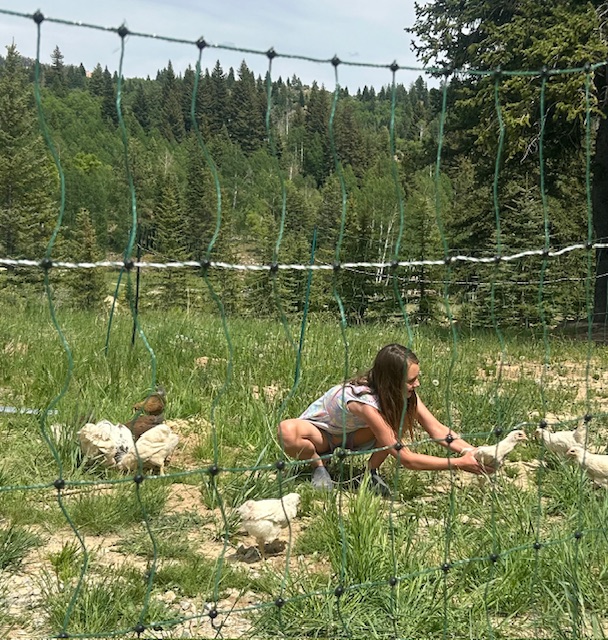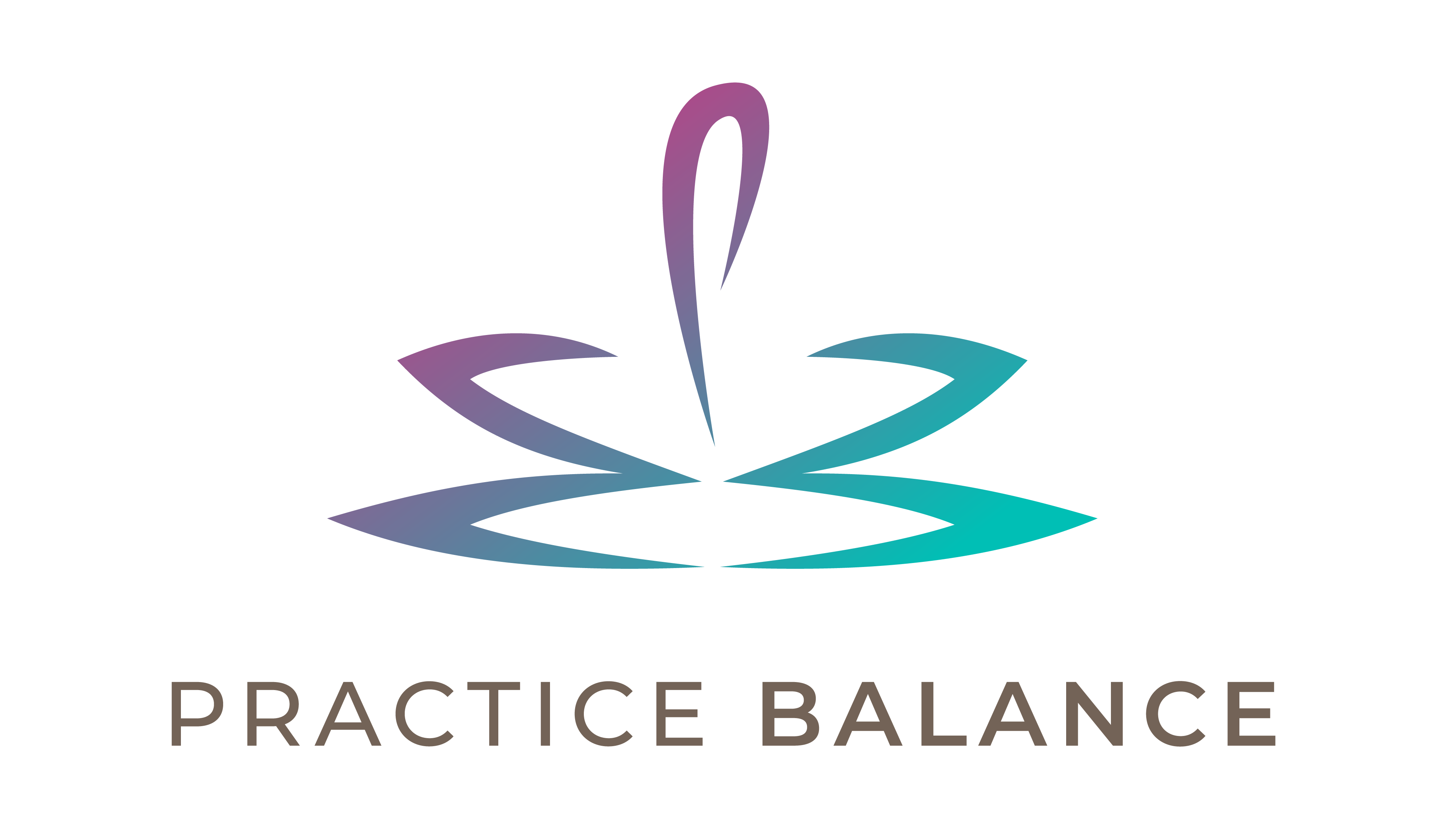(To hear this post as a podcast episode, scroll down!)
As a work-life balance advocate and coach, I talk to people a lot about making boundaries. Boundaries are basically ways to say No to things you don’t want to do or things that aren’t aligned with your values or current priorities. I even have a whole section in my book Lean Out about crafty ways that you can learn to say No to things you don’t want to do.
But how can you deal with No’s when you’re on the receiving end?
I’ve recently been the recipient of a several No’s. It’s been a running theme.
No, I don’t want to invest time and money on coaching with you. Sometimes this No is actually a “not right now” No. These sometimes become Yeses, and I’ve had this happen twice recently, but I definitely get my share of No’s.
No, you can’t add a particular work week that fits perfectly into your travel and play schedule. We don’t need extra people during that time. In my work as a per diem anesthesiologist, this recently happened. At times, groups are desperate for people to work, but other weeks they are not… and sometimes those ties coincide with when I’d like to work.
No, we don’t want you to speak at our event. We aren’t interested in your particular talk ideas this go-round. This has happened three times over the past few months. I was invited to give a talk at a society meeting, but was later told No after I pitched the topic I wanted to speak on. I was told No for a large women’s conference, and I was also recently told No for a conference I have spoken at multiple times before.

(No, you can’t go out there)
The worst No’s of late involve me getting in a car accident in a brand new (to me) car. It’s a long story, but the important part is that no one on either side was hurt.
No, even though you were hit, you are not getting out of this car accident without a ticket. No we cannot replace one blown-out tire on an AWD vehicle, you have to place them all at the same time. And No, we cannot give you an on-the-spot estimate for your body work and have your car done in a few days. The next possible time we can even start working on your car is a week and a half from now.
I even got a No, we can’t rent you a car, we have no cars available until half-way through next week (when I’m supposed to be working 200 miles away). Luckily, after shopping around a bit at the limited options in my small town, I was able to find a rental car for my work trip.
You have to assume that, as you learn to say No to people to preserve your self-interests, other people are also going to say No to you. So how do you deal with No’s?
Today I’d like to give you a few tips that have helped me to still feel good about myself and what I’m doing in the face of a No.
If there is still negotiation to be had, figure out your BATNA
BATNA = Best Alternative To Negotiated Agreement, from Getting to Yes by Roger Fisher and William Ury. If your negotiation reaches an impasse, what’s your next best move? It might be accepting the No or the status quo and seeing what happens. It might be straight up leaving your job or changing jobs or a particular role.
William Ury went on to write a sequel called Getting to Yes with Yourself, and in that book, he refers to your “inner BATNA”: the ability to know that there is always an alternative. That it will be ok no matter what. You can weather the negative emotions. You can experience a letdown and unmet expectations and come out of it knowing you have your own back.
Identify your true feelings
If you’re not good at figuring out what you’re actually feeling in a particular moment, spending a little time identifying your feelings truly helps you feel better. FMRI research shows that the process of “affect labeling” (naming your feelings) can help dissipate associated emotions. Need some tools for doing this? Try using a Feelings Wheel. You can also download the free app called How We Feel, that helps you pinpoint which quadrant of feelings you are in (high energy positive or negative, low energy positive or negative).
Once you identify your feeling, you can also identify the thoughts contributing to the feeling. Do you need to do some analysis of your thoughts? Are they true?
You can also do expressive writing. Journal on the feelings you’re experiencing without judging your writing style or substance. Feel them while you’re writing them. I did this when we came to the end of our infertility journey a couple years ago. It was super helpful on a particularly difficult day.
Get a different perspective
There are a couple of ways you can do this. You might take the perspective of the person saying No. For instance, I can take the perspective of the conference organizers. For the one where I’ve spoken before, perhaps they want some new faces in their speaker lineup. For the others, perhaps my message isn’t quite right for their community. After all, they know their audience much better than I do.
The other perspective you can take is one where you’re removed from the situation – a different vantage point. How about gratitude… I’m thankful I’ve had the opportunity to do some amazing talks in the past. A majority of the weeks I’ve spent at my anesthesia job were ones that I chose far ahead of time, and I’m grateful for the freedom this job typically gives me in that way. I’m also grateful for my health. I may have a new car with a ton of body damage, but no one on either side of my car accident was hurt. It could have been much different… yes, if one little thing was different maybe it wouldn’t have happened, but also, if could have been a much worse outcome and I’m grateful it wasn’t.
I hope these ideas are helpful for you the next time you come up against a rash of No’s. Remember, being told No doesn’t mean anything about you, your value, or the validity of your vision for the things you want to do and be.
Did I miss any important tips? What are your suggestions for dealing with No? Leave a comment below and share them!



 The Cost No One Talks About
The Cost No One Talks About
